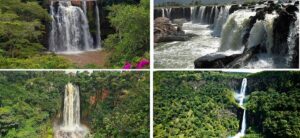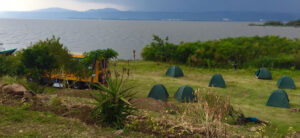This article may contain compensated links. Read the disclaimer for more info. We follow our review guidelines
Do you need to plan your trip to Kenya? Well, you came to the right place, and we’ve got you covered.
In this article, I will take you through exactly how to plan an unforgettable trip to Kenya, which is perfect for you. Whether you are planning your first or fifth safari to Kenya, I talk about the steps you need to take, how far in advance you should take them, as well as a breakdown of when is the best time to go to Kenya, how to get to Kenya, where to visit, where to stay, and how to get around, and every detail you could need to know for the perfect safari.
I also talk about the budget and what to pack for a safari, and everything you need to know! Here’s how to plan a trip to Kenya with confidence, from getting the best time to go and scoring flight deals to choosing parks, booking lodges, and budgeting realistically.
If planning a trip to Kenya sounds overwhelming to you, don’t worry! I will help you plan your own travel to Kenya step-by-step. This handy travel booking list, along with the timeframes below, will keep you on track to maximize your stay in Kenya. It’s quite easy to plan a trip to Kenya by yourself with the information in this article, on this site, and with the help of some online booking engines.
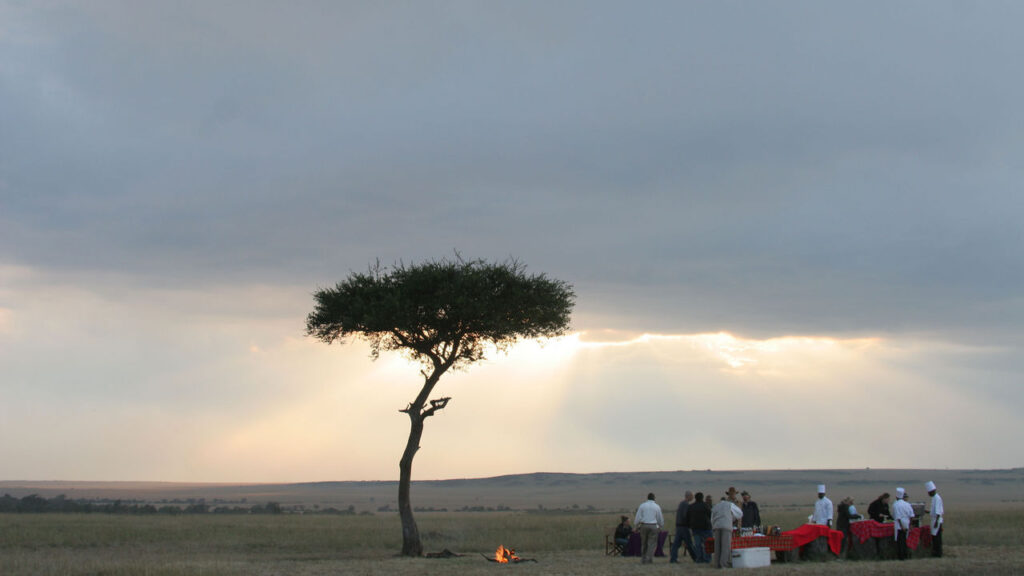
We live in Kenya and get so many visitors who always arrange everything on their own. It’s easy and fun to plan for a safari that you desire to experience. Although if you would rather do a tour to save any hassle, then I also have suggestions for that below.
Ready to get started? Let’s make that Kenya tour plan!
Traveling to Kenya? Click here to download your free Kenya Trip Planning checklist. We’ll help you get ready for your trip!
If you aren’t just interested in Kenya and wondering how to plan an East African trip, this is also covered. If you haven’t decided yet if Kenya is the right place for you, be inspired by this list of places to visit in Kenya!
How To Plan A Trip To Kenya
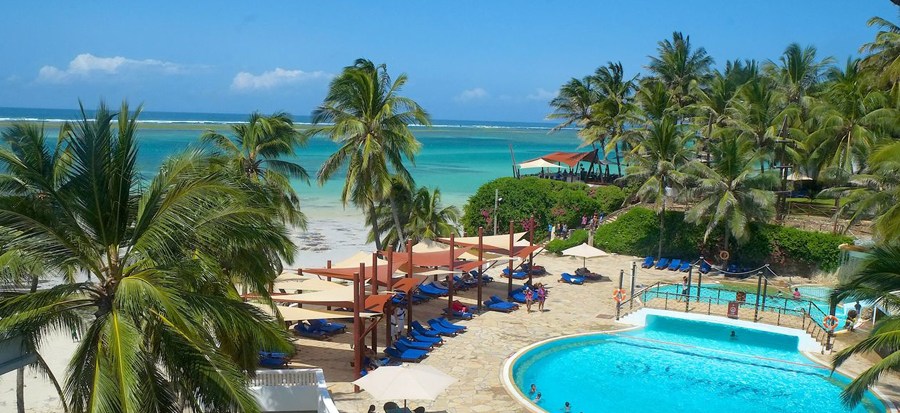
The first step in planning a trip to Kenya is to determine when exactly you will go on safari. You need to know what interests you as Kenya has a lot to offer, from wildlife, scenery, culture, or coastal time. Once you get this right, then all you have to do is match them to a realistic route and season.
- Anchor your trip with 1–2 main regions, such as Maasai Mara and Amboseli national parks, and add a second route, such as Rift Valley lake, Samburu, or the coast. A piece of advice from us is not to try and cover all in one single safari, as this would mean a lot of driving and not enough time to enjoy the actual safari.
- Budget dictates pace: shared game drives and mid-range tented camps can still be spectacular. If you can splurge, private conservancies often provide fewer vehicles at sightings and off-road privileges.
- Book the keystone items first: safari camps/lodges and domestic flights. Everything else should fit around confirmed availability.
- Keep travel days short. In most cases, 2–3 destinations over 7–10 days is the sweet spot.
Let Me Plan Your Perfect Kenya Itinerary
If you want a done-for-you plan, here’s the framework I’d use for you:
- Define your “musts”: Big cats? Elephants with Kilimanjaro backdrops? Beach downtime? Cultural visits?
- Pick your season and budget ceiling. I’ll match the parks and properties accordingly.
- Lock core nights (3–4 in Maasai Mara or a private conservancy: 2–3 in a second park: 2–4 on the coast if you have time).
- Connect with efficient transport: fly to reduce long hauls: use the SGR train to/from the coast when it fits.
- Add texture: Nairobi food tour, a conservation project visit, a guided bush walk, or a hot-air balloon.
Prefer to DIY? Keep reading, this guide gives you the exact steps and tools.
Kenya Map
But before we start going through everything, here is a map of Kenya. If you aren’t familiar with the geography of Kenya, you can quickly and easily see where all the places we talk about are below.If this is you, I recommend you take a minute to take a good look at this map. You can open it by clicking on it. You can zoom using the controls to get an idea of the places mentioned below. Keep it open as you read the rest of the article.
When To Go To Kenya
The good news is that it’s never a bad time to go to Kenya! Being located along the equator, it’s always a good time of the year in Kenya as they don’t experience winter or summer.

Seasons, Weather, And Wildlife Viewing
Kenya has two main dry seasons (Jan–Feb and Jun–Sep) and two rainy seasons: the long rains (roughly Mar–May) and short rains (late Oct–Dec). Dry seasons offer easier game viewing as grass is shorter and animals congregate at water. That said, the green season has dramatic skies, fewer vehicles, and lower rates, great for photographers.
Great Migration Timing In The Maasai Mara
The Great Migration usually reaches the Maasai Mara from around July through October, with river crossings often peaking in August–September. Nature doesn’t run on a calendar, so don’t plan only for a single day’s crossing; give yourself at least 3–4 nights.
Peak, Shoulder, And Low Season Trade-Offs
- Peak (Jul–Oct: Christmas/New Year): Best weather and wildlife density: highest prices and most crowded sightings in the Mara.
- Shoulder (Jan–Mar: Nov): Fantastic predator action, fewer vehicles, excellent birding: better value.
- Low (Apr–May): Heaviest rains in many areas: lush landscapes, superb rates, but some camps close and some roads get muddy.
Travel Booking List And Countdown
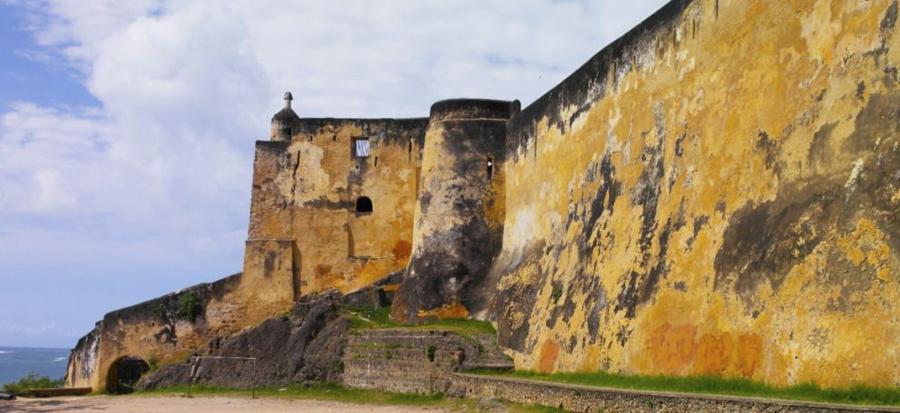
Kenya does not tend to get booked out completely, but there are definitely times when it pays to book in advance, which is mainly in the peak tourist season in December and January. If you are visiting for an event or festival, like the Wildebeest migration, it is also important to book in advance.
However, you are generally best off booking flights and accommodation 6 – 12 months in advance for the best deals. There can be a big cost saving on flights, particularly when they are booked far in advance, especially if you want to go during the peak tourist time or school.
- 9–12 months: If targeting the Great Migration or a specific conservancy, pencil lodges now. Secure time off and a realistic budget.
- 6–8 months: Book international flights, core safari camps, and any special experiences (balloon rides). Start vaccinations and malaria consult.
- 3–4 months: Reserve domestic flights or SGR train, add Nairobi hotels, and hold coast stays. Check passport validity (6+ months).
- 4–6 weeks: Apply for Kenya’s Electronic Travel Authorization (eTA), confirm transfers, and share arrival details with lodges.
- 1–2 weeks: Finalize packing, download offline maps, confirm cash/card access, and buy a local eSIM plan if needed.
- 48–72 hours: Reconfirm pickups and flight times: print/back up key documents.
How To Travel To Kenya
Unless you are from or visiting from a neighboring country, you are most likely flying into Kenya. Thankfully, this is usually quite easy with Nairobi being a major hub. There are also international airports in other parts of the country, like Mombasa and Kisumu, but options are usually limited, and this tends to only work if you are flying from a neighboring country.
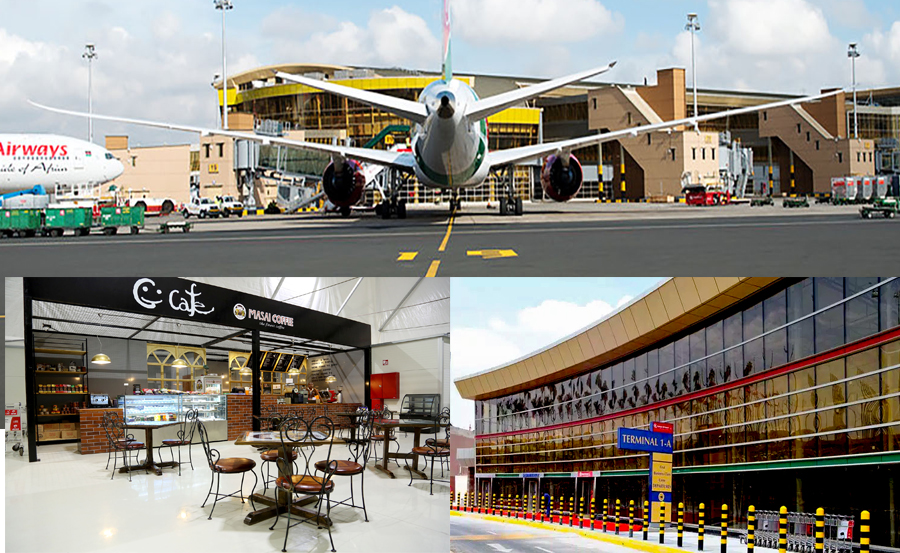
Even if you are coming from East Africa, flight deals can be very good, so it can be worth flying over the extra hassle of overland transport.
Best Flight Deals To Kenya
- Main gateways: Nairobi (NBO) and Mombasa (MBA). Most safari flights to parks depart from Nairobi’s Wilson Airport (WIL).
- Search smart: Use flexible-date tools and set price alerts 2–6 months out. Check open-jaw routes (arrive NBO, depart MBA) if you’re ending on the coast.
- Positioning flights: If your home city has poor fares, look for deals to a European/Middle Eastern hub, then connect.
Overland
- From Tanzania: Common crossings into the Mara region or via Namanga to Amboseli. Always confirm visa/eTA rules and vehicle paperwork with your operator.
- From Uganda/Ethiopia: Long hauls suited to overland expeditions, only if you’re comfortable with remote road travel and formalities.
Entry, Health, And Safety Essentials
Visa/ETA Requirements And Entry Rules
Kenya uses an Electronic Travel Authorization (eTA) system for most visitors. Apply online before travel via the official portal, allow several business days for processing, and carry a printout or digital copy. Typical requirements: passport with 6+ months’ validity, accommodation details, and onward/return ticket. Some travelers may be exempt or require additional documents; always verify the latest rules before you book.
Vaccinations, Malaria Prevention, And Insurance
- Yellow fever: Recommended for most safari travelers: proof of vaccination is required if you’re arriving from or transiting through certain countries with risk.
- Routine shots: Ensure tetanus, MMR, and hepatitis A are current; consider typhoid. Consult a travel clinic 6–8 weeks out.
- Malaria: Present in many regions (notably the coast and most lowland parks). Discuss prophylaxis options such as atovaquone-proguanil, doxycycline, or mefloquine with a clinician, and use repellent, long sleeves, and treated nets.
- Insurance: A comprehensive policy should cover medical evacuation, trip interruption, and high-value gear. Remote lodges are far from hospitals, don’t skip this.
Safety Basics, Etiquette, And Local Laws
Kenya is welcoming, but use big-city common sense in Nairobi and Mombasa: take registered taxis or ride-hailing apps, keep valuables discreet, and avoid walking late at night. Ask before photographing people: dress modestly in towns and villages. Plastic carrier bags are banned nationwide, and drones require advance permits. Alcohol and driving don’t mix anywhere; zero tolerance on safari roads.
Budget, Trip Length, And Sample Itineraries
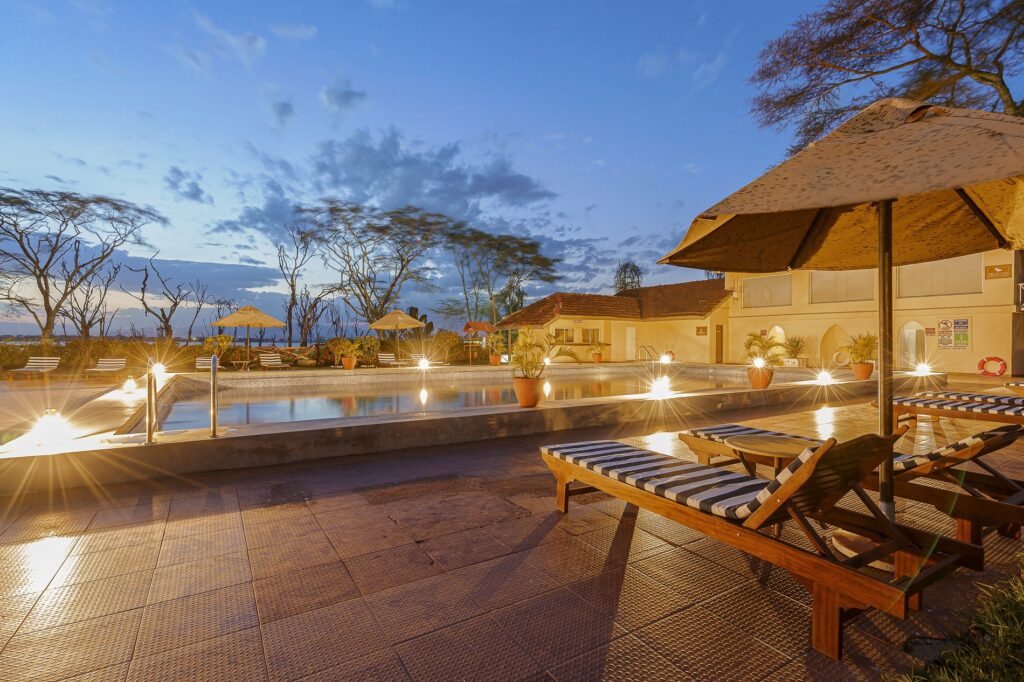
Typical Costs And Ways To Save
- Budget: Hostels/guesthouses, public transport, shared day trips. You’ll spend most on park fees and activities.
- Mid-range: Comfortable tented camps and lodges with shared game drives, occasional flights to save time.
- High-end: Fly-in safaris, private conservancies, boutique coastal retreats. Pay for exclusivity and guiding quality.
Ways to save: travel shoulder season, join shared vehicles, choose parks closer to Nairobi (e.g., Nakuru/Naivasha) to reduce flight costs, and mix conservancies with national parks.
5–7 Day Safari-Focused Itinerary
- Day 1: Arrive Nairobi: overnight, visit the Giraffe Center or Karen Blixen Museum if time allows.
- Days 2–4: Maasai Mara or adjacent conservancy (3 nights). Optional balloon ride.
- Days 5–6: Lake Naivasha/Lake Nakuru (rhinos, boat ride) or Amboseli (elephants + Kilimanjaro views).
- Day 7: Return to Nairobi and depart.
10–14 Day Safari + Coast Itinerary
- Days 1–3: Nairobi (1 night), then fly to Samburu (2–3 nights) for unique northern species.
- Days 4–7: Fly to Maasai Mara (3–4 nights). Split between a conservancy and the reserve if possible.
- Days 8–10: Fly or drive to Amboseli or Tsavo (2–3 nights).
- Days 11–14: SGR train or flight to the coast for Diani or Watamu (3–4 nights), then depart from Mombasa or back to Nairobi.
Recommended Destinations And Experiences
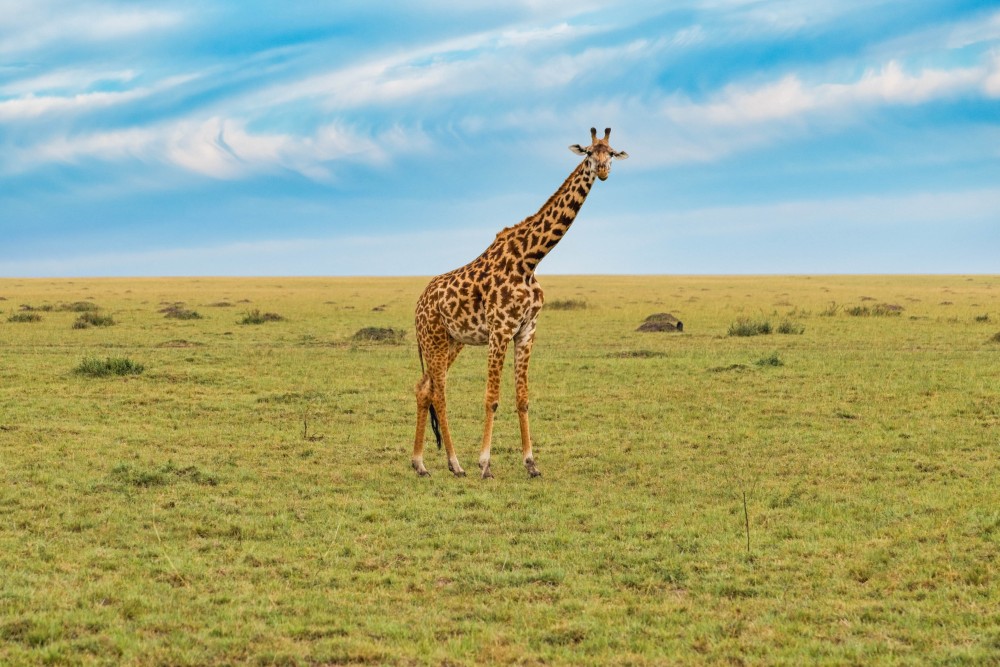
Classic Safari Circuit: Maasai Mara, Amboseli, Samburu, Tsavo
- Maasai Mara: Big cats, open plains, and the Great Migration seasonally. Conservancies offer fewer vehicles and night drives.
- Amboseli: Iconic elephant herds with Mt. Kilimanjaro backdrop at sunrise.
- Samburu: A Distinct northern ecosystem, reticulated giraffe, Grevy’s zebra, and gerenuk.
- Tsavo East/West: Vast, wild feel: red-dust elephants and fewer crowds.
Beyond Safari: Nairobi, Rift Valley Lakes, Mount Kenya
- Nairobi: Nairobi National Park game drives, Karen neighborhood museums, craft markets, and serious dining.
- Rift Valley: Lake Nakuru (rhinos), Naivasha (boat rides, Crescent Island walks), Baringo (birding).
- Mount Kenya & Laikipia: High-altitude forests, hikes, and conservation-driven ranches.
Coast Escapes: Diani, Watamu, Lamu
- Diani: Long white-sand beach, kitesurfing, relaxed resorts.
- Watamu: Marine park snorkeling/diving, turtle projects, day trip to Gede Ruins.
- Lamu: UNESCO-listed old town, dhow sailing, slow, timeless pace.
Accommodation In Kenya
Accommodation Types And When To Book
- Safari camps/lodges: From simple tented camps to ultra-luxe suites. Peak-season Mara and conservancies should be reserved many months ahead.
- City hotels: Nairobi has everything from international chains to boutique stays. Good for the first/last night and day tours.
- Coast: Villas, guesthouses, and beachfront resorts. Holidays fill early.
Best Accommodation Booking Sites
- Safari specialists and trusted DMCs (destination management companies) can unlock camp space and bundled rates.
- For independent stays: Booking.com and Expedia for cities/coast, and direct lodge websites for best-value packages (often including game drives and transfers). Reviews on SafariBookings or Google help validate quality.
How To Get Around Kenya
Bus( Matatu)
Matatus (minibusses) and long-distance coaches are affordable and frequent, but can be crowded and variable in safety. Use reputable coach lines for longer routes and keep valuables close.
Train
The SGR (Madaraka Express) connects Nairobi and Mombasa in about 5–6 hours, with assigned seating and two classes. Buy tickets in advance; holiday periods sell out.
Taxi
In cities, Uber, Bolt, and Little are widely used. Confirm the vehicle and driver details in the app and avoid street hails at night. For day touring, hire a driver by the day through your hotel.
Car Hire
Self-driving is possible, but many safari roads are rough. A 4×4 with high clearance is best, and a driver-guide often costs less than you’d think while dramatically improving sightings and safety. Carry all paperwork, and avoid night driving.
Domestic Flights
Safarilink, Airkenya, and Jambojet link Nairobi/Wilson with safari airstrips and coastal airports. Soft-sided luggage and strict weight limits often apply on bush planes, pack accordingly.
Attractions And Tickets
- National parks and reserves: Many tickets are cashless and tied to your passport: check the Kenya Wildlife Service or county reserve portals in advance. Conservancies handle permits through your camp.
- Nairobi highlights: Book David Sheldrick Wildlife Trust visiting slots and Giraffe Centre tickets in advance during peak season.
- Activities: Hot-air balloons in the Mara, guided walking safaris, and marine park excursions often sell out, reserve early.
- SGR train: Purchase online with your passport details: print or keep a digital copy ready for boarding.
Money, Packing, And Practicalities in Kenya
Currency, Cards, And M-Pesa
The currency is the Kenyan shilling (KES). ATMs are common in cities: cards are widely accepted in hotels and larger businesses. M-Pesa (mobile money) is ubiquitous, if you’ll be in Kenya for a while, consider a Safaricom SIM to use it for small shops and tipping.
SIM Cards, Connectivity, And Power
Safaricom has the broadest coverage: Airtel is a solid alternative. Bring a passport for SIM registration. Power is 230V, Type G plugs (same as UK). Many lodges have scheduled generator hours, so charge gear when it’s on.
What To Pack For Safari And Coast
- Neutral layers for game drives, a warm jacket for early mornings, a hat, and polarized sunglasses.
- Closed shoes for bush, sandals for coast: lightweight rain shell in green season.
- Binoculars, power bank, headlamp, dry bags for dust.
- Reef-safe sunscreen, insect repellent with DEET or picaridin, personal meds, and copies of prescriptions.
- Soft-sided duffel for bush flights: avoid plastic bags (banned).
Kenya Travel Costs
Expect wide ranges based on season and style:
- Budget travelers: roughly the cost of hostels/guesthouses, public transport, and day safaris from hubs. Camp in public sites where permitted to save.
- Mid-range: per-person daily costs typically include full-board stays at tented camps, shared game drives, and a couple of short flights.
- Luxury: fly-in circuits with private guides and high-end camps command premium rates, especially in peak season and private conservancies.
Big variables: park/reserve fees (vary by park and season), internal flights, and whether you choose private vs. shared vehicles. Always ask camps for what’s included (game drives, park fees, transfers, drinks) to avoid surprises.
Travel Insurance
Choose a policy that covers medical care and evacuation from remote areas, trip cancellation/interruption, baggage, and adventure activities. Confirm coverage for bush flights, hot-air balloons, and water sports if you plan them. Keep policy numbers saved offline and share them with your main travel companion.
Airport Transfers And Arrival
Nairobi’s Jomo Kenyatta International Airport (NBO) is the main international gateway; Wilson (WIL) handles most safari flights. On arrival, you can buy a local SIM, withdraw cash, and meet your pre-booked transfer. Ride-hailing apps work from designated pickup areas at NBO. Confirm the zone with your driver. If you’re connecting to a bush flight the same day, leave generous buffer time for immigration, baggage, and the cross-city drive to Wilson (traffic can be intense).
Other Things To Consider
- Tipping: Common in tourism, guides/drivers and camp staff typically share pooled tips: your lodge will advise norms.
- Luggage limits: Bush planes often limit total soft-bag weight; excess can be costly.
- Sustainability: Choose camps with credible conservation programs, refill water, and respect wildlife viewing etiquette (no crowding, no off-road in parks unless permitted).
- Culture: Visits to Maasai or Samburu communities are enriching when arranged ethically, ask where your fee goes.
- Special permits: Commercial filming and drones require authorization; arrange well ahead.
Conclusion
When you know how to plan a trip to Kenya, season first, anchors second, logistics third, the rest clicks into place. Prioritize 2–3 regions, book your keystone stays early, use flights or the SGR to keep travel days short, and give yourself unhurried time in each park. Do that, and Kenya does the rest: big skies, bigger wildlife moments, and a trip you’ll talk about for years.
Kenya Trip Planning FAQs
How to plan a trip to Kenya in 7–10 days?
Prioritize 1–2 core regions (e.g., Maasai Mara plus Amboseli), then add one extra stop like a Rift Valley lake or the coast. Book keystone items first (camps/lodges and any bush flights). Keep travel days short, use flights or the SGR train, and allow 3–4 nights per main area.
What is the best time to plan a trip to Kenya for safari and the Great Migration?
Kenya’s dry seasons (Jan–Feb and Jun–Sep) offer easier game viewing. The Great Migration typically reaches the Maasai Mara July–October, with many river crossings in Aug–Sep. Green season (Mar–May, late Oct–Dec) brings lush landscapes, dramatic skies, fewer vehicles, and lower rates—great for photographers.
When should I book lodges, flights, and experiences for Kenya?
For Migration-season stays or private conservancies, pencil camps 9–12 months out. Book international flights and marquee experiences (e.g., hot-air balloons) 6–8 months prior. Reserve domestic flights/SGR and Nairobi hotels 3–4 months out. Apply for Kenya’s eTA 4–6 weeks before travel and reconfirm transfers 48–72 hours pre-departure.
What visas, vaccinations, and health steps do I need for Kenya?
Most visitors require an online Electronic Travel Authorization (eTA); ensure a passport valid 6+ months. Yellow fever vaccination is recommended and may be required if transiting risk countries. Malaria prophylaxis is advised for many regions—consult a clinic 6–8 weeks out. Carry travel insurance covering medical evacuation and bush flights.
Is Kenya safe for solo travelers, including solo female travelers?
Yes—with common-sense precautions. Use reputable operators, registered taxis or ride-hailing apps, and avoid walking at night in cities. Keep valuables discreet, share your itinerary, and choose well-reviewed lodges. Guided safaris and conservancies enhance safety and logistics, while respecting local etiquette and asking before photographing people.
How much does a Kenya safari cost, and how can I save?
Costs vary by season, park fees, flights, and private vs. shared vehicles. To save: travel in shoulder season, join shared game drives, focus on parks closer to Nairobi (e.g., Naivasha/Nakuru), mix national parks with conservancies, and book packages that include game drives and transfers. Flying strategically reduces long, costly road transfers.

